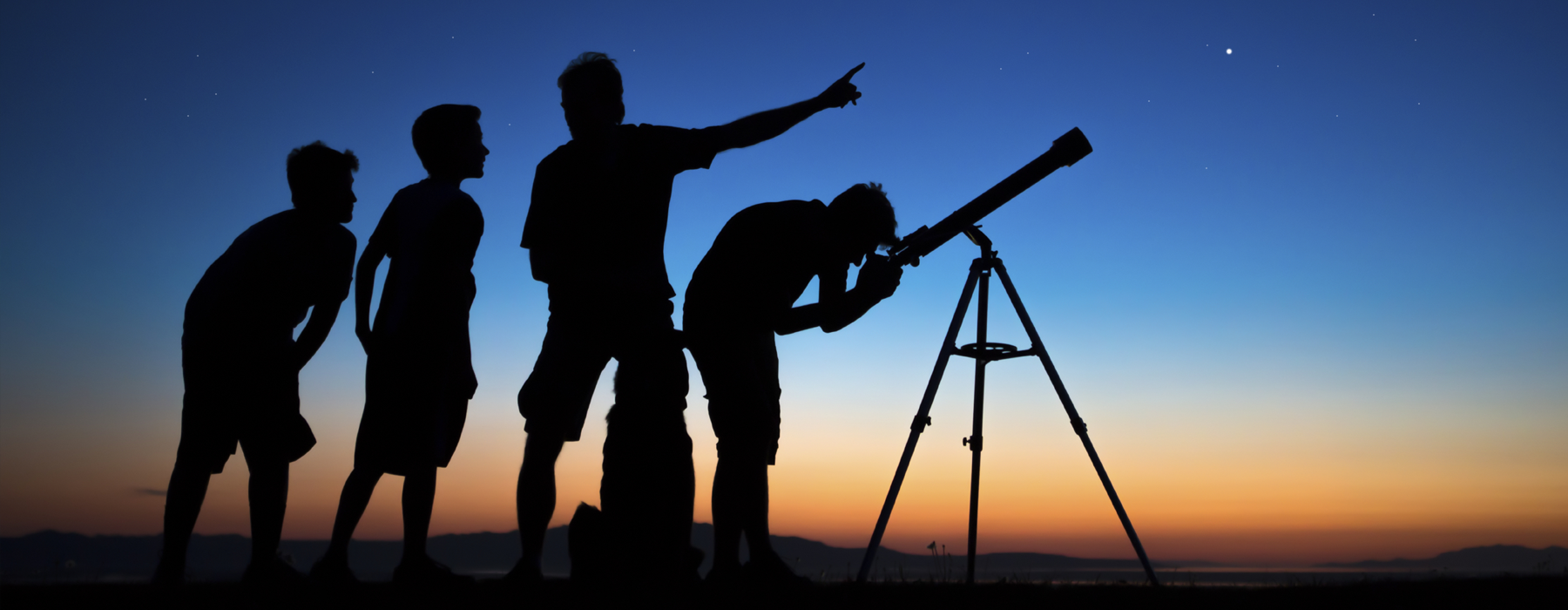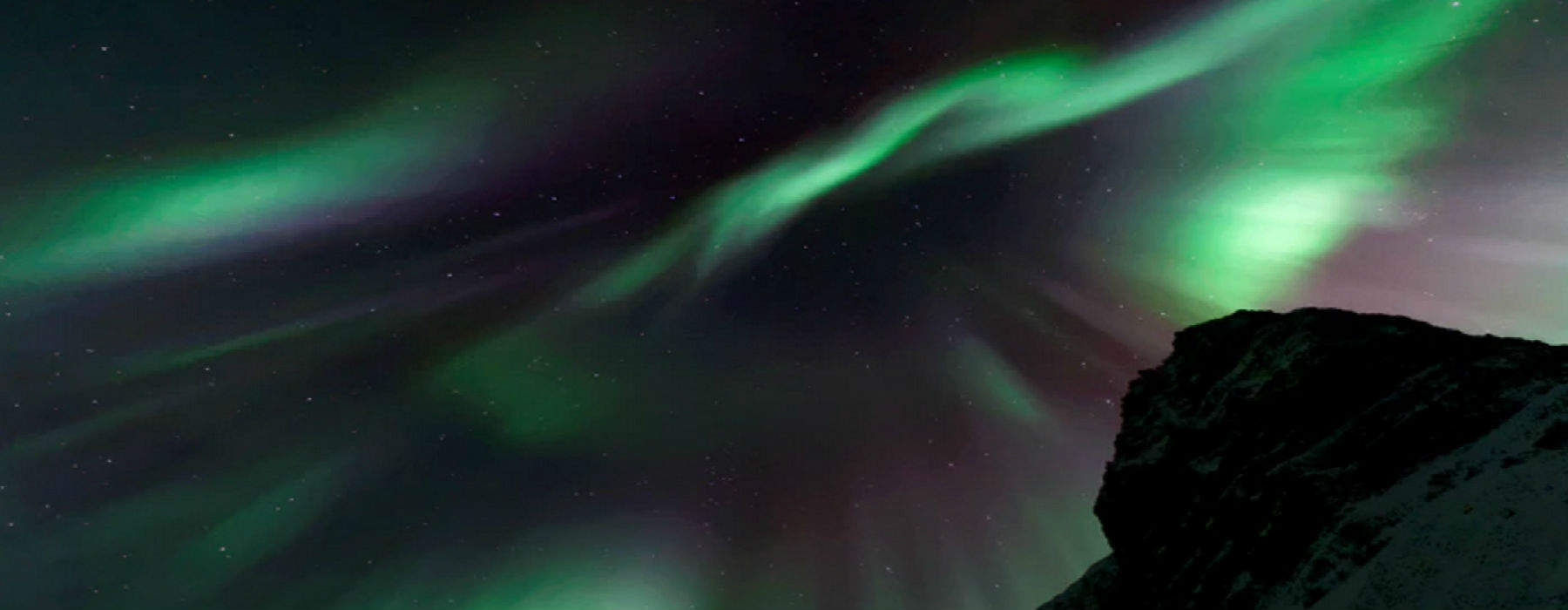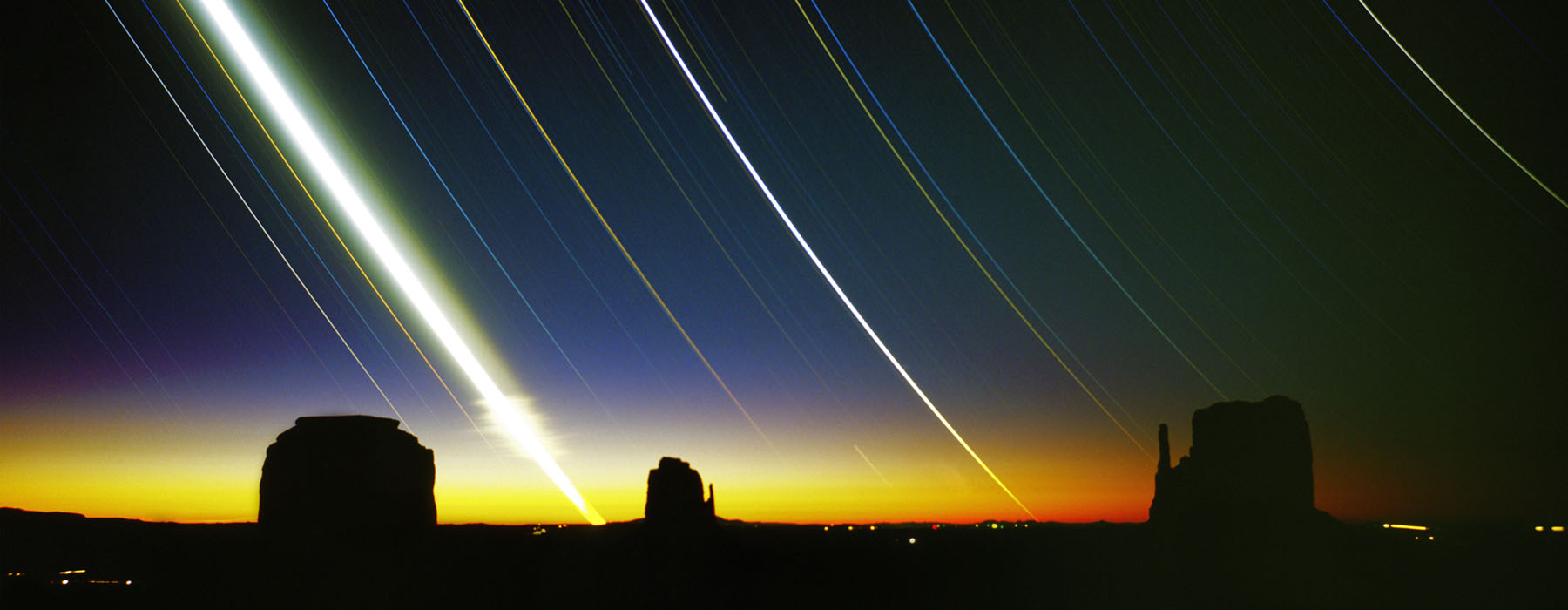The “Modern Day” Astronomer.
The video below shows how to get started.
Have you ever gone out at night to stargaze?
I promise you, it can be a very rewarding experience. As shown in the video you must collect certain items that help you get off to a good start. It takes roughly 45 minutes in darkness to get your best night vision. Adaptive night vision can be enhanced by using a red led flashlight for viewing star maps and setting up equipment.
Tips when observing the night sky:
- Set up instruments in an area where you have as much darkness as possible.
- Use a red led flashlight to help keep your night vision.
- Don’t return to white light areas or you will lose your night vision.
- When using cell phones or other devices turn down dimness.
- There is an app called ‘twilight’ that removes blue light from your phone/tablet screen.
- GoSkyWatch Planitarium app has good reviews
- Starwalk2 app allows screen to match backdrop of sky
- Skyview is a cool app that show the sky; and its free
- Use binoculars for spotting stars, nebula, and satellites.
- Recommendation 10×50 seems to be the standard
- To find stars and planets use star atlas reference.
- Phillips night sky atlas
- Phillips Planisphere
- Of course an affordable telescope.
- Recommend lawn chairs, blankets, and snacks
Share your stargazing stories here.
—Michele Breedlove

 Stargazing for BeginnersModern Day Astronomer
Stargazing for BeginnersModern Day Astronomer  Aurora BorealisThe Northern Lights
Aurora BorealisThe Northern Lights